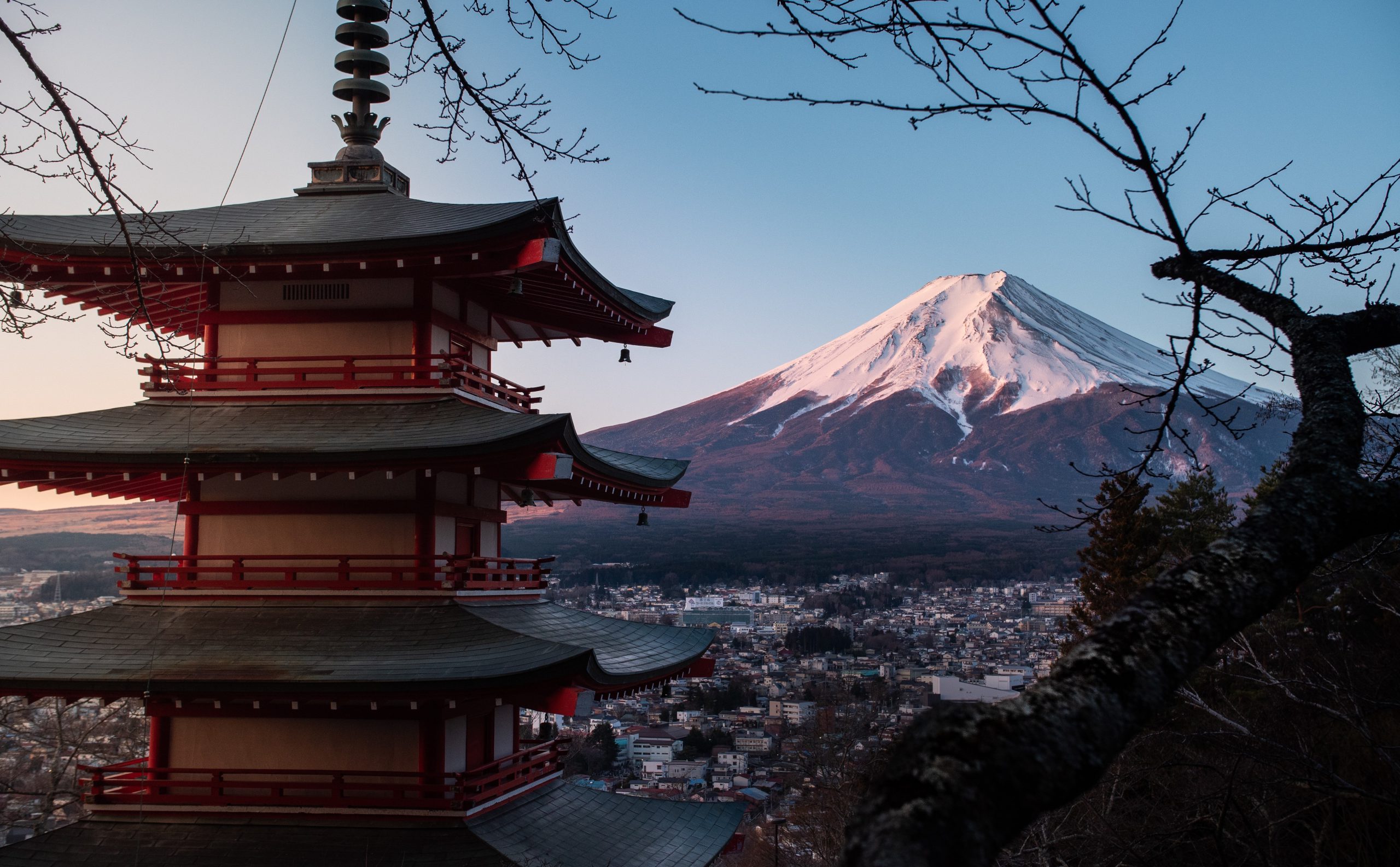
Throughout the Berlin International Film Festival there has been a glaring juxtaposition between the beauty within the festival and the terror happening around it. In this festival’s resplendent theaters, gorgeous movie houses that I briefly outlined in a prior dispatch, are films about movement, displacement, and violent seizure. There are no three films where those themes are more evident and yet ring with greater dissonance compared to the public message of the festival with regard to Germany’s censorship of pro-Palestinian protests than “Abiding Nowhere,” “Pepe,” and “No Other Land,” the only Palestinian film playing at a festival that seemingly could only find a single movie from the embattled country.
The Walker series, from one of slow-cinema’s great masters, Tsai Ming-liang, has always juxtaposed Buddhism and modernity by plopping a silent, slow, and stoic monk in the middle of a bustling city, in this case Washington D.C. Lee Kang-sheng is the deliberate moving monk inspired by Xuanzang, an ancient monk who walked between India and China. Clocking in at 79 minutes, “Abiding Nowhere” is a longer entry in the Walker series, but no less witty, absorbing, and undeniably Zen. And yet, seeing it in Berlin, in the context of a traveler moving through a strange land, I also couldn’t help but connect the meticulous monk to the theme of displacement. But not displacement in the sense of forced movement. Rather in the very act of moving elements from their place, whether it’s the air or the traffic around you.
The monk travels from verdant woods, where the rushed sounds of traffic and airplanes rages off screen, toward the urban district’s center. He walks through Washington Union Station and past the Washington monument, by its reflecting pool, where busy locals of course take notice of him. While the Walker series hasn’t often been expressly political, placing the monk in D.C. does suggest a consideration of this way of life in relation to the labored and frenetic practice of legislation and governing. It’s especially poignant seeing this in an election year and thinking about the chaotic crush of banter and fury that has already filled the very air the monk is displacing.
The monk is juxtaposed by a younger man (Anong Houngheuangsy) walking through the same locations at a faster speed but not exactly at breakneck pace. It’s sort of hilarious to see this guy in relation to the monk’s pace, while he also, tellingly, navigates with the feeling of being an outsider as well. Through the two characters we’re treated to this series’ enrapturing senatorial canvas, allowing viewers to absorb spaces rather than mindlessly passing through them. When combined with a final burst of an ethereal score we’re given an overwhelming sense of peace and awareness amid the tumult of contemporary life.

I knew Nelson Carlos De Los Santos Arias’ “Pepe” would break me: It’s one of many films playing at the festival concerning the emotional hurt and psychological pain of being ripped from one’s homeland—an obvious thematic disconnect from the state-funded festival’s lackluster response to Gaza. Concerning a hippopotamus born in Colombia to parents imported from sub-Saharan Africa by Pablo Escobar in 1981, Pepe remains the only hippo ever murdered in the Americas. De Los Santos Arias’ film gives the deceased animal the chance to tell his story, a tragedy that interrogates colonialism, conservation, and the drug war.
It is an intentionally discordant, fractal narrative that includes radio communiques between the soldiers hunting the hippo, the local fishermen who fear the creature, scenes from a kids cartoon series inspired by the animal, and piercing observations told through Pepe’s own eyes. It’s the latter thread that forms much of the film’s perspective. Pepe’s voice is initially difficult to take seriously: It’s a deep timbre, composed of hooting and grunting. But once the film settles in, guided by Pepe’s poetic recollections of how much he misses an Africa he never knew, the restrictions he must endure while in captivity, the pain of being exiled, and the fear of hearing the whirring of a chopper, the incredulity felt by the viewer is replaced by real sorrow.
Pepe does escape captivity, living a free life in the surrounding area years after Escobar’s death—but he discovers further danger in the presence of other humans, who are worried about how this outsider may disrupt the purity of their community.
De Los Santos Arias’ visual and aural storytelling — from the jagged editing between threads, to the booming primordial score, the switching of mediums, the shifting between black and white and color, and a reliance on narration — makes the audience as destabilized as Pepe, sometimes leading to an uneven pacing. You feel as though you’re consistently being asked to relearn how to read the film. It’s also worth noting how both of the hippo’s homes (Africa and Colombia) were both former colonies, and how the film is bookended by two white Germans each stalking the hippo, a nod to how the slave trade forever altered the Americas. By the final shot of the film, whereby he finally finds a modicum of bittersweet peace, you’re left in resigned silence: Pepe’s story is haunting, gripping you in its jaws before spitting you out as wiser than before.

The only Palestinian film programmed for Berlinale is from a collective composed of Palestinian filmmakers Basel Adra and Hamdan Ballal with Israeli colleagues Yuval Abraham and Rachel Szor. It captures the destruction of a West Bank community whose origins can be tracked to the 1830s. While the filming of “No Other Land” began during Summer 2019, when Israeli courts ruled in favor of the expulsion and demolition of Basel’s village, Masafer Yatta — the struggle it depicts began much earlier. In fact, the Israeli order is coming after a 22-year battle in court by the inhabitants to save their homeland from being turned into a permanent site for Israel to practice tank maneuvers.
With widespread destruction presently happening in Gaza, it’d be far too easy to apply the usual buzzwords of “urgent,” “timely,” “critical,” or “imperative” to this bracing documentary. After all, as far as anyone can remember, the conflict between Israel and Palestine has raged. And yet, at this moment, in this specific phase, the graphic scenes of state-sponsored violence suppressing the desire to simply live hits with greater severity than ever before.
This is a tightly wound, eloquently composed text narrated by Basel and mostly filmed through his lens. There are horrific scenes of the IDF forcibly removing, occasionally with deadly intent, these unarmed inhabitants and even clearing out children from a school at gunpoint. There are also defiantly rendered instances of activists relying on protests to advance their cause. As tanks, bulldozers, and soldiers try to clear the area, the community takes shelter in the nearby caves. One of the directors, Yuval, an Israeli journalist sympathetic to the villagers’ cause, comes to report on the situation. And the story somehow finds graver stakes when Basel’s father is taken into custody.
Watching the harrowing images in “No Other Land,” often recalls what Gordon Parks said about the power of being a photographer: “I picked up a camera because it was my choice of weapons against what I hated most about the universe.” In the hands of these filmmakers the camera becomes a weapon for truth and resistance, and a tool for conservation — recording some proof that their village existed. It’s the latter impulse, as the filmmakers watch homes be cleared, neighbors shoved from their places of memory, and lineages destroyed, where “No Other Land” stands as a vital documentation of a people under siege. You hope that not only this film receives as much acclaim and attention as “20 Days in Mariupol,” a film similarly composed by on the ground journalists using images to awaken the world to their country’s plight but is also so effective that you needn’t apply the word “urgent” to it for too much longer.




